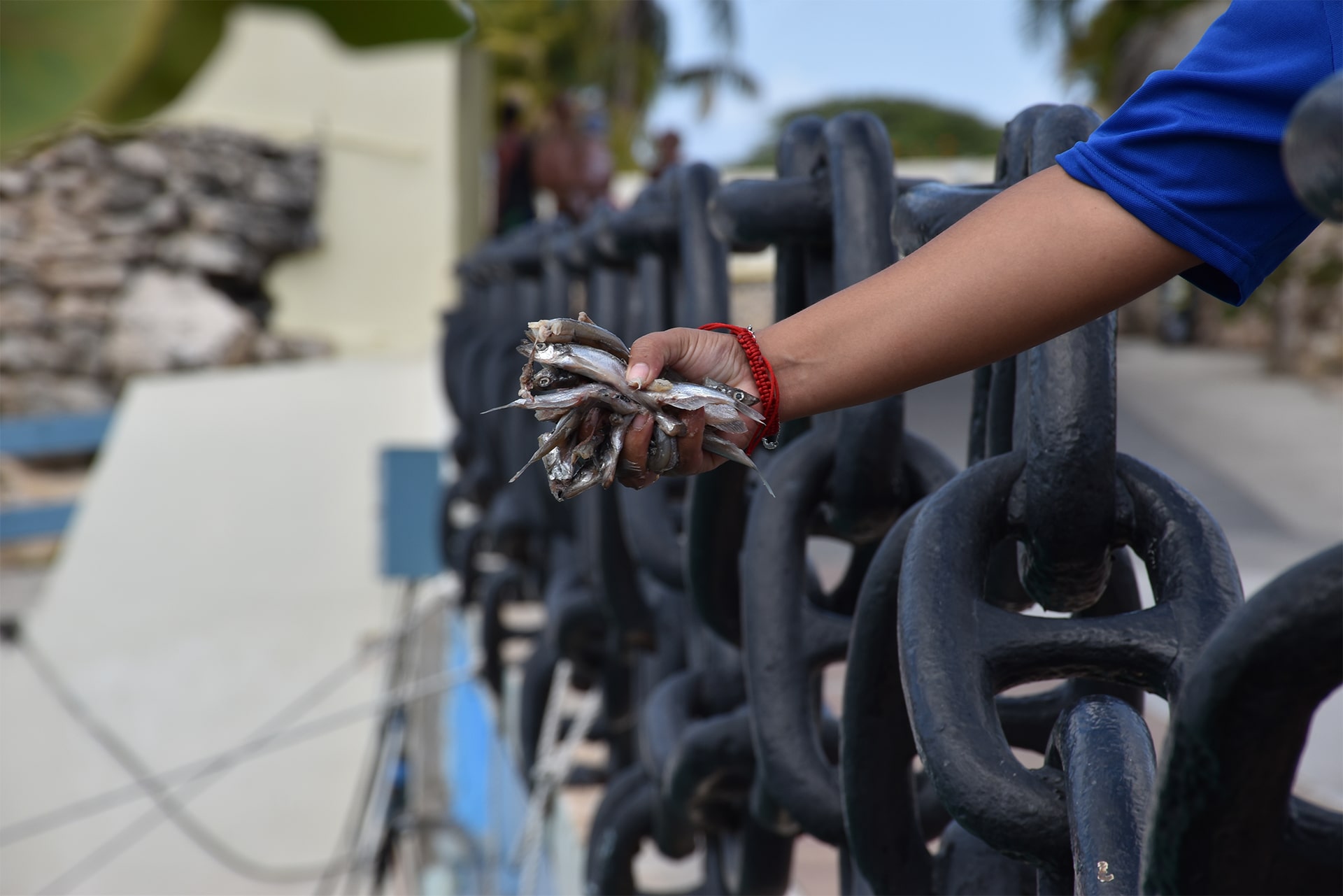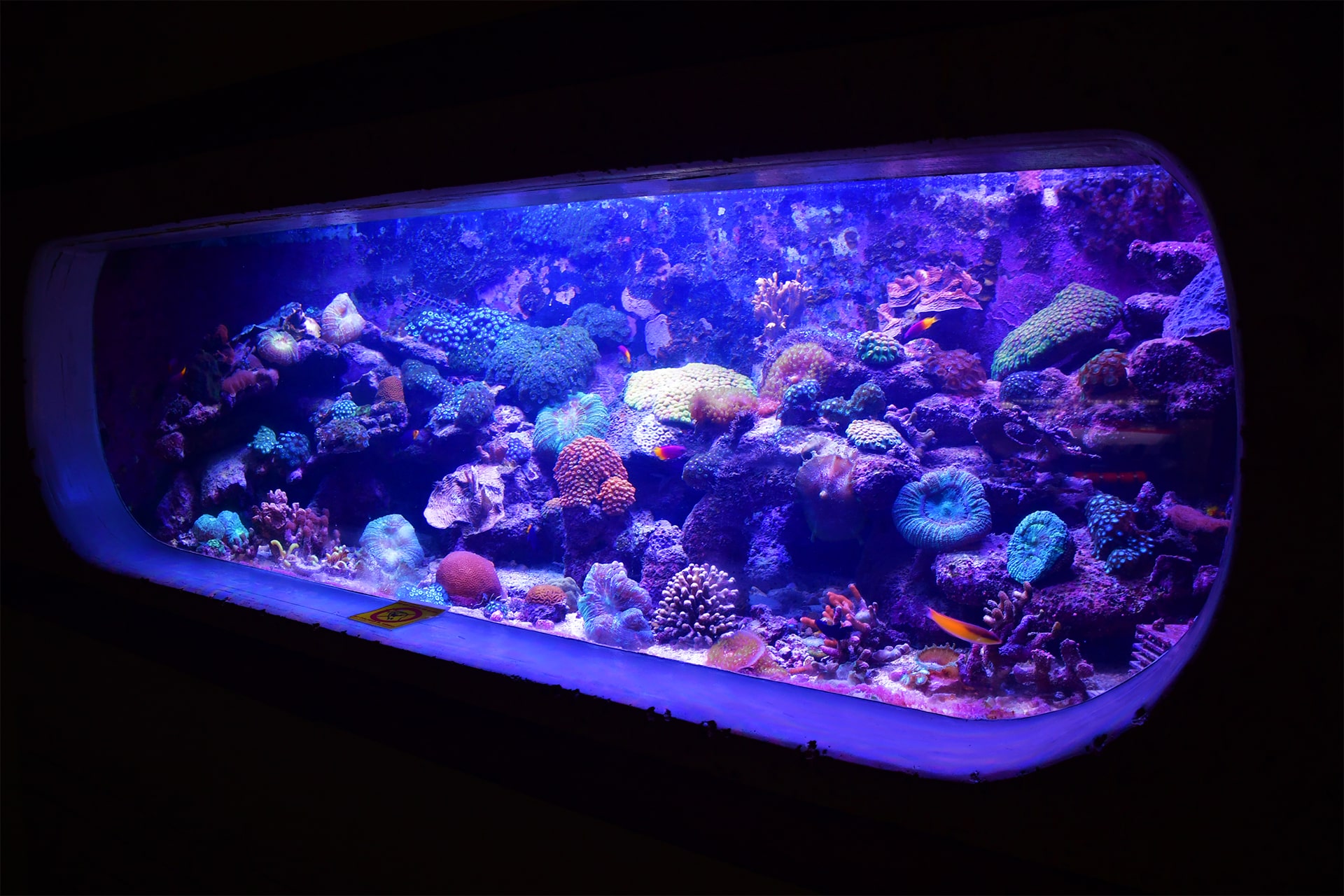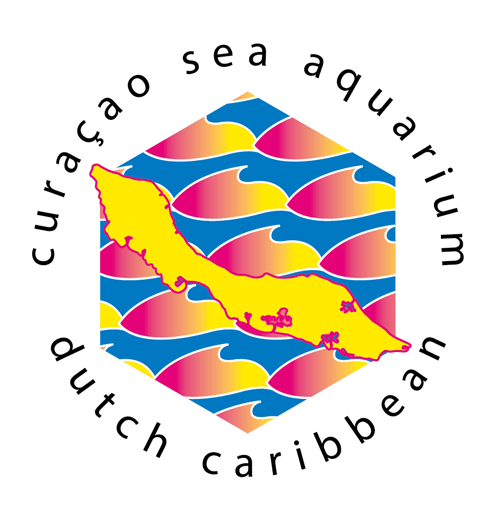Marine Research



Canal Restoration Project
The Curaçao Sea Aquarium Canal Restoration Project is a combination of medium scale projects that bind one another to contribute to the sustainability of reef species over time in a semi-protected area.
The projects consist of a large web of underwater natural rock structures, combined with restored and out-planted hard corals, rehabilitated soft corals and red mangroves planted from seedlings at the shoreline.
The canal has constant monitoring and creates the perfect conditions for inviting juvenile fish to recruit and coral larvae to settle. Providing refuge and shelter together with abundant food.
These ongoing projects are already showing great success as it is clearly visible how many new and diverse species of marine life have been constantly growing since the projects were kicked-off.
We believe these initiatives, even if small, contribute in a very positive way to educate and counterbalance the constant impact the human population has on marine ecosystems.
Queen Conch Hatchery
The current populations of the famous and iconic Queen Conch are declining rapidly all over the Caribbean Sea.
These marine gastropods are harvested to be eaten before they can reproduce, reducing their chances of survival as a specie in the future.
The Curacao Sea Aquarium is proud to house the Queen Conch Hatchery project and provide the needs to be able to culture, under controlled conditions, thousands of juveniles from this marine invertebrate.
From egg mass to young snail, the hatchery team is working hard every step of the way to ensure the growth of as many juveniles as possible.
This project aims to be able to repopulate already depleted areas in Curacao and hopefully in other locations in need.


Zero waste!
Allowing aggregations of fish such as the Gray and Yellowtail Snappers to stay close to the facility and therefore be protected from over fishing, we are ensuring larger larvae production during each reproductive cycle, maintaining the constant repopulation and settlement of this important juvenile fish on several locations downstream around the island in the future.
Soft Coral Farm
The decrease of the coral reefs around the world is a reality that we all face today. For this reason, Curaçao Sea Aquarium is committed to developing proper fragmentation techniques that allow species of soft corals (gorgonians, zoanthids and corallimorphs) to be grown healthy and strong under our care. Some of these beautiful and large colonies, in an exhibition, educate our guests about what corals look like. In this way, by displaying our own farmed and homegrown soft corals we avoid the collection from the reef and help maintain other species of hard corals that have an important role in the wild.


Deep Water Fish Display
Curaçao Sea Aquarium offers some unique exhibitions that recreate diverse marine ecosystems.
The abyssal reefs of the island down to a thousand feet are no exception.
The Deep-water display is built to educate our guests about other species that live in these unique habitats and are not present on the shallow reefs. Working in collaboration with Substation Curaçao we can study and learn from these amazing organisms.
